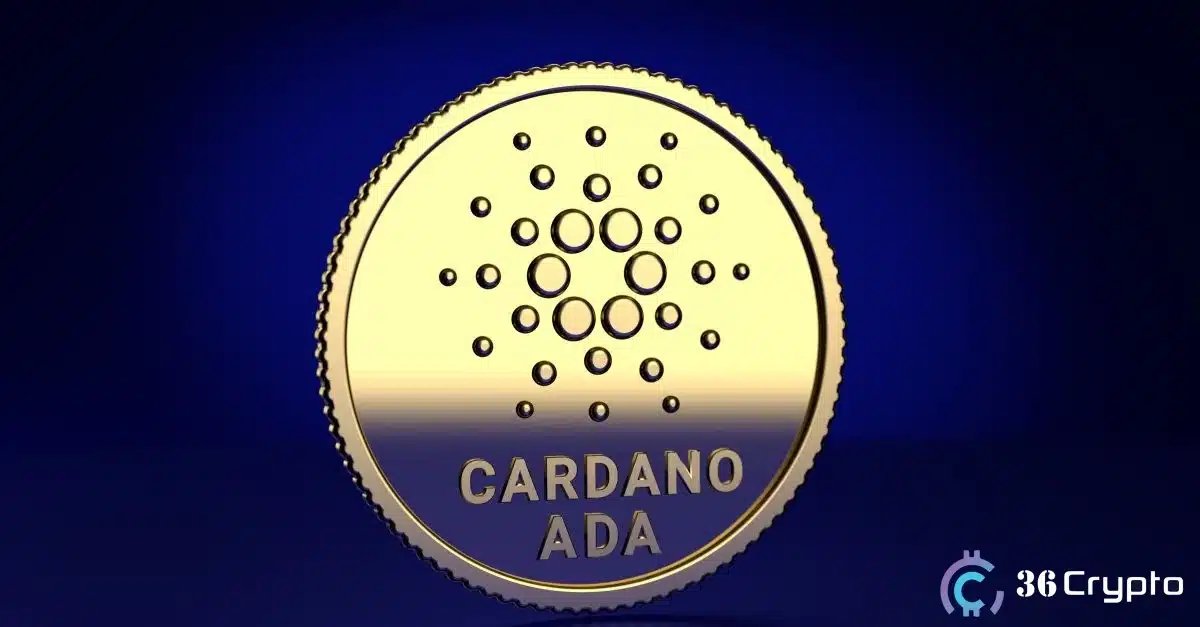The German/Eurozone Q3 GDP Overview
The Federal Statistics Office of Germany is set to release preliminary Q3 Gross Domestic Product (GDP) data for Germany at 09:00 GMT, and Eurostat will likely report flash Eurozone GDP figures for the same period at 10:00 GMT on Thursday.
Germany’s preliminary GDP is expected to remain flat at 0% quarter-over-quarter (QoQ) in the third quarter, after contracting 0.3% in the previous quarter. Meanwhile, the economy is expected to expand at 0.3% year-over-year (YoY) in Q3, following the previous expansion of 0.2%.
The seasonally adjusted flash Eurozone GDP is expected to hold steady at 0.1% QoQ growth in Q3, while annual growth is projected to slow to 1.2% from 1.5% previously.
How could the German/Eurozone Q3 GDP affect EUR/USD?
The EUR/USD pair remains steady after the release of GDP data from Germany and the Eurozone as traders adopt caution ahead of the European Central Bank (ECB) interest rate decision due later in the day. The ECB is expected to hold rates steady for a third straight meeting in October, with no policy changes likely in 2025. Unemployment data from Germany and the Eurozone, along with German Consumer Price Index (CPI) figures, will also be eyed.
The EUR/USD pair holds ground following the highly anticipated meeting between US President Donald Trump and China’s President Xi Jinping in South Korea. President Trump announced that tariffs on China will be reduced to 47% from the current 57%. Trump added that the rare earth dispute has been resolved, ensuring no further restrictions on China’s rare earth exports. Furthermore, Chinese President Xi Jinping said that “two sides should look at the long-term interests of cooperation.
The US Dollar (USD) remains subdued due to uncertainty surrounding the Federal Reserve (Fed) policy stance in December. Policymakers made a mental note of a general increase in some inflationary pressures through the second half of the year, but not enough to deter another leg down in interest rates. However, Fed Chair Jerome Powell stated that another rate cut in December is far from certain.
Technically, the EUR/USD pair is trading around 1.1610 at the time of writing. The technical analysis of the daily chart suggests an ongoing bearish bias as the 14-day Relative Strength Index (RSI) remains below the 50 mark. The pair may find its initial support at the two-month low of 1.1542, last recorded on October 14. On the upside, the immediate resistance lies at the nine-day Exponential Moving Average (EMA) of 1.1626, followed by the 50-day EMA at 1.1656.
German economy FAQs
The German economy has a significant impact on the Euro due to its status as the largest economy within the Eurozone. Germany’s economic performance, its GDP, employment, and inflation, can greatly influence the overall stability and confidence in the Euro. As Germany’s economy strengthens, it can bolster the Euro’s value, while the opposite is true if it weakens. Overall, the German economy plays a crucial role in shaping the Euro’s strength and perception in global markets.
Germany is the largest economy in the Eurozone and therefore an influential actor in the region. During the Eurozone sovereign debt crisis in 2009-12, Germany was pivotal in setting up various stability funds to bail out debtor countries. It took a leadership role in the implementation of the ‘Fiscal Compact’ following the crisis – a set of more stringent rules to manage member states’ finances and punish ‘debt sinners’. Germany spearheaded a culture of ‘Financial Stability’ and the German economic model has been widely used as a blueprint for economic growth by fellow Eurozone members.
Bunds are bonds issued by the German government. Like all bonds they pay holders a regular interest payment, or coupon, followed by the full value of the loan, or principal, at maturity. Because Germany has the largest economy in the Eurozone, Bunds are used as a benchmark for other European government bonds. Long-term Bunds are viewed as a solid, risk-free investment as they are backed by the full faith and credit of the German nation. For this reason they are treated as a safe-haven by investors – gaining in value in times of crisis, whilst falling during periods of prosperity.
German Bund Yields measure the annual return an investor can expect from holding German government bonds, or Bunds. Like other bonds, Bunds pay holders interest at regular intervals, called the ‘coupon’, followed by the full value of the bond at maturity. Whilst the coupon is fixed, the Yield varies as it takes into account changes in the bond’s price, and it is therefore considered a more accurate reflection of return. A decline in the bund’s price raises the coupon as a percentage of the loan, resulting in a higher Yield and vice versa for a rise. This explains why Bund Yields move inversely to prices.
The Bundesbank is the central bank of Germany. It plays a key role in implementing monetary policy within Germany, and central banks in the region more broadly. Its goal is price stability, or keeping inflation low and predictable. It is responsible for ensuring the smooth operation of payment systems in Germany and participates in the oversight of financial institutions. The Bundesbank has a reputation for being conservative, prioritizing the fight against inflation over economic growth. It has been influential in the setup and policy of the European Central Bank (ECB).
Source: https://www.fxstreet.com/news/when-are-the-german-eurozone-q3-gdp-and-how-could-they-affect-eur-usd-202510300733


